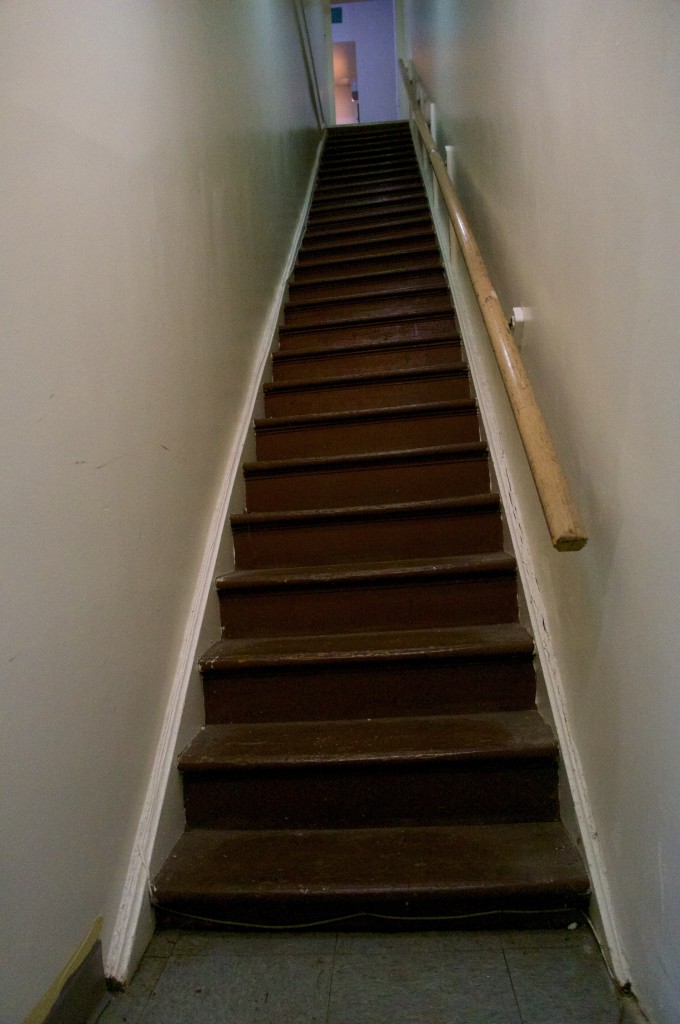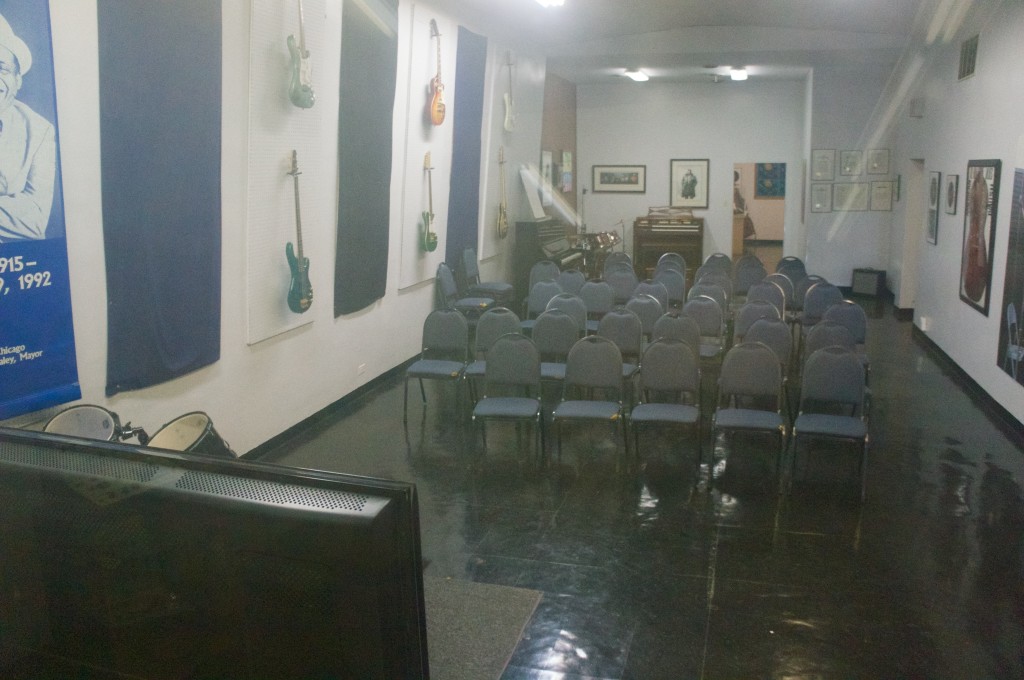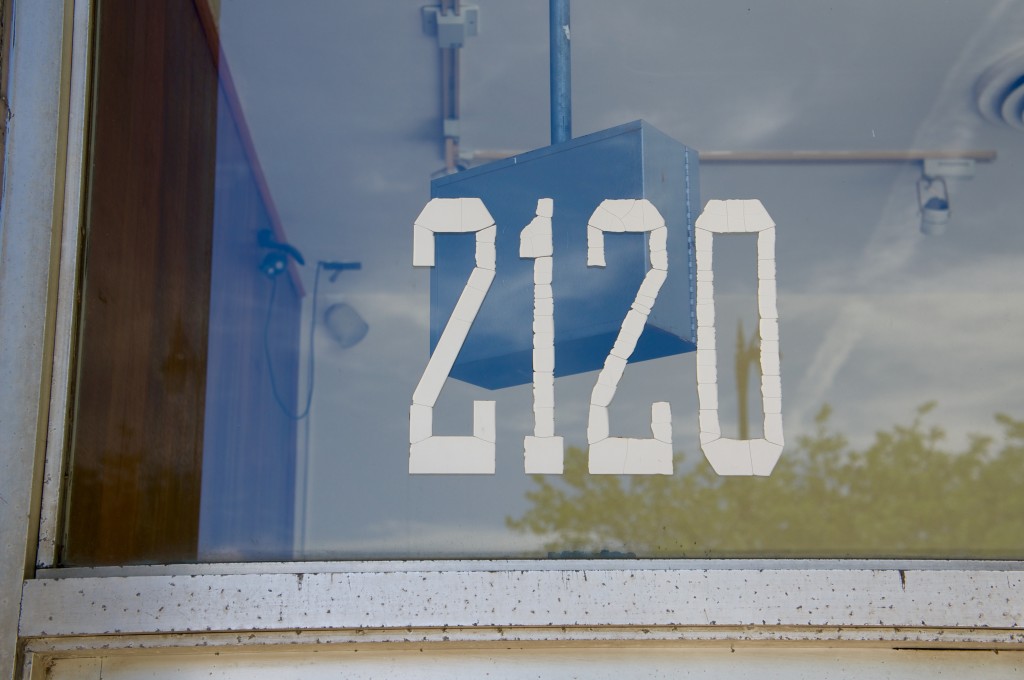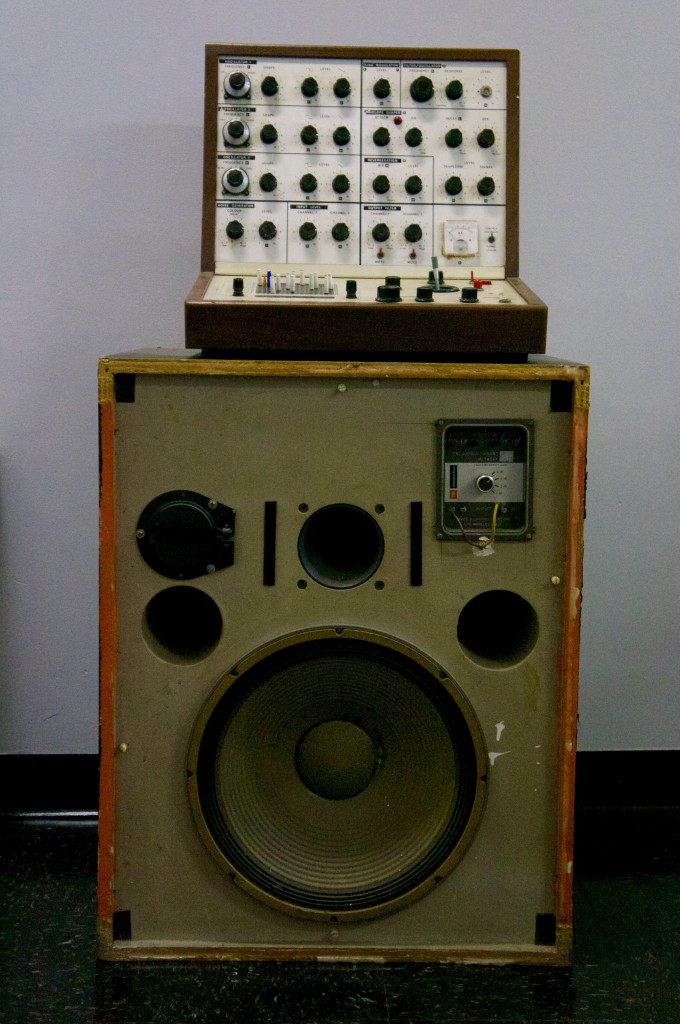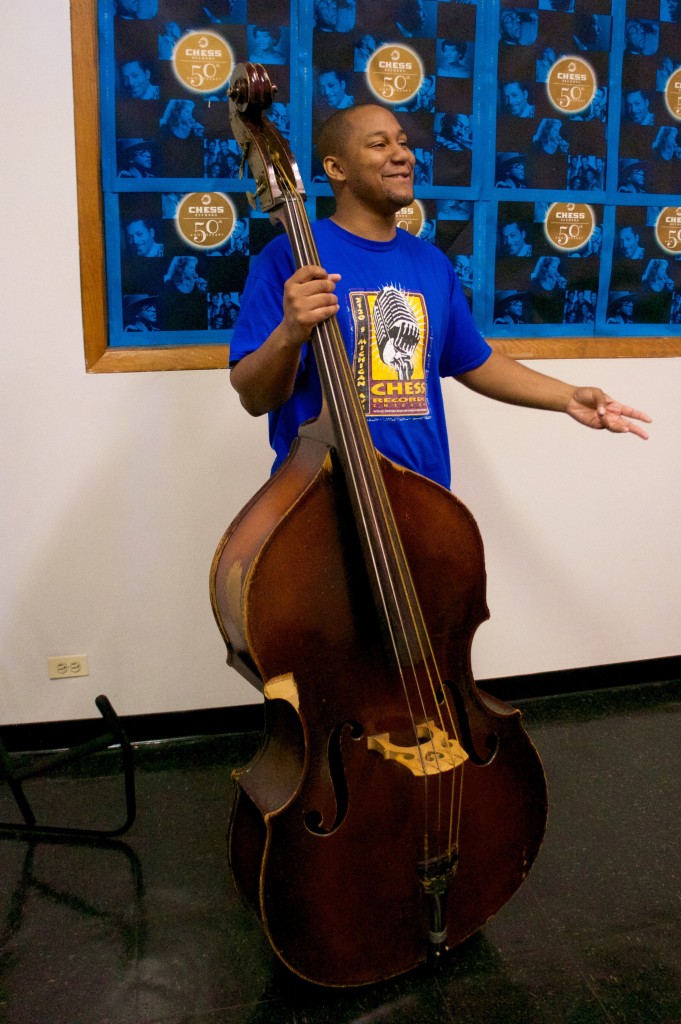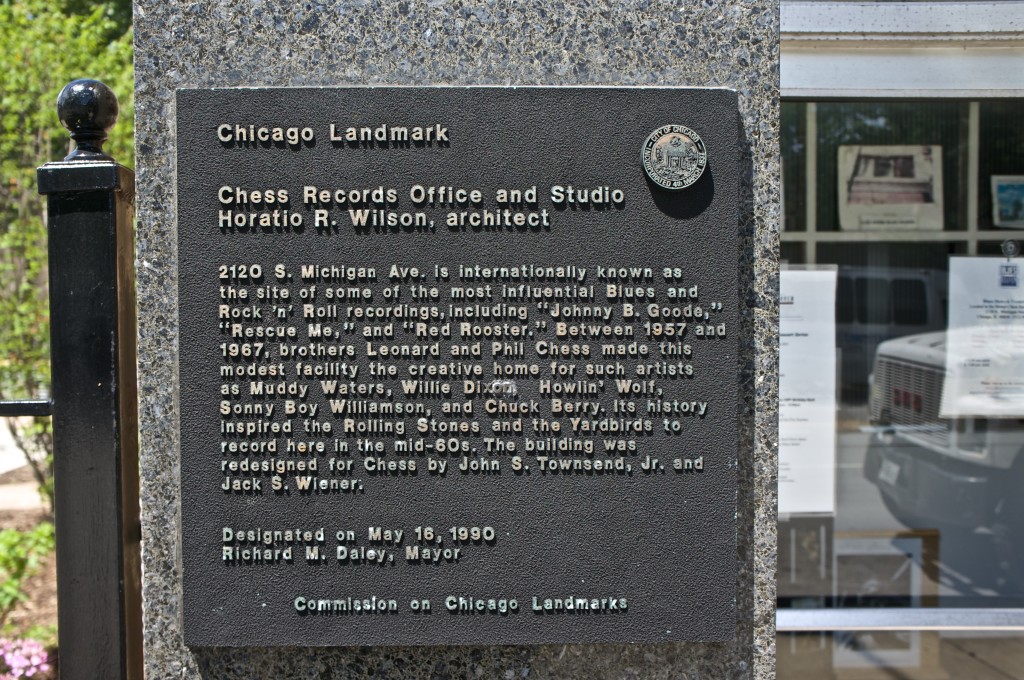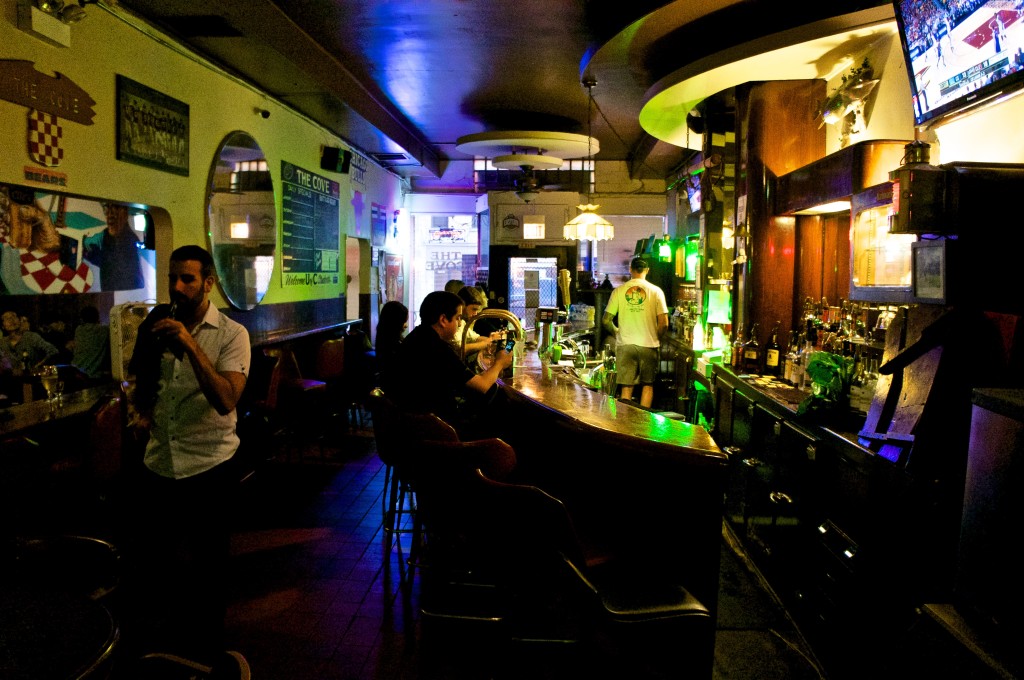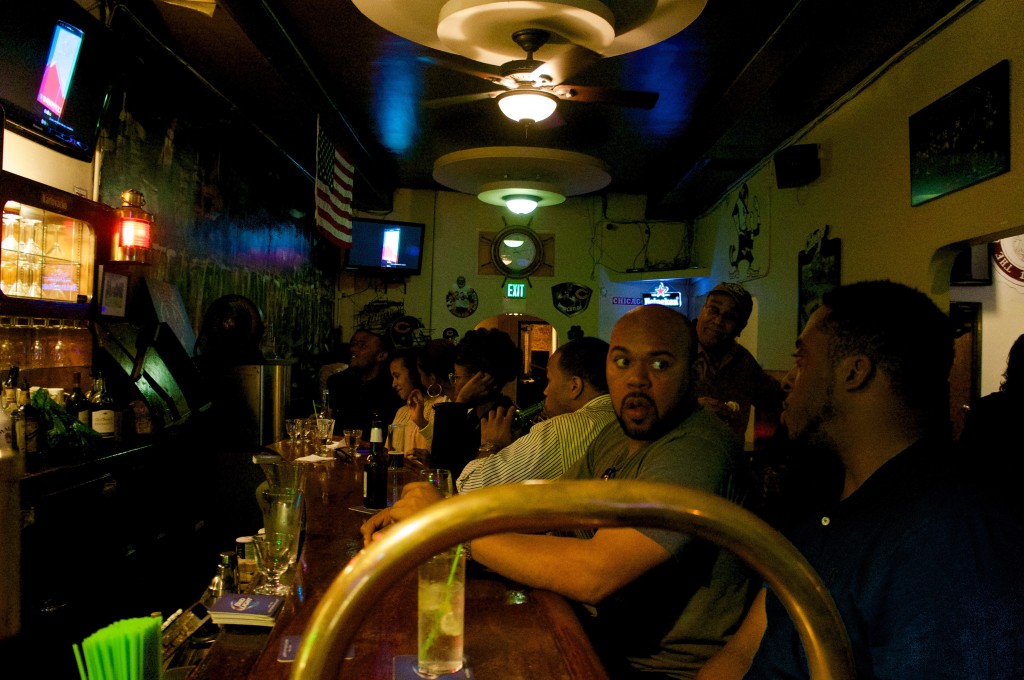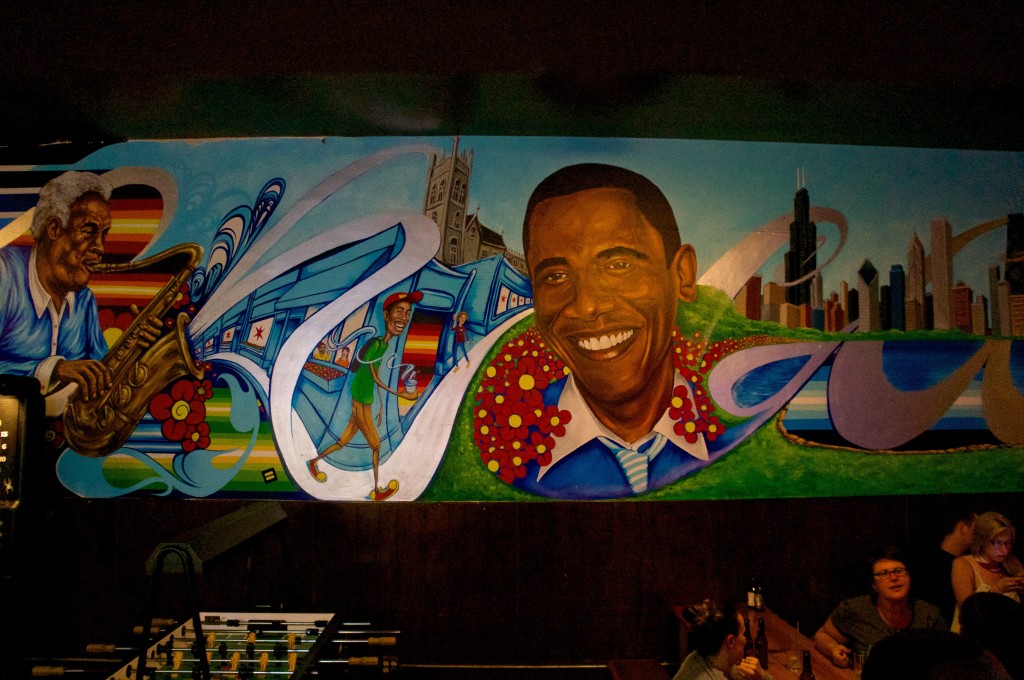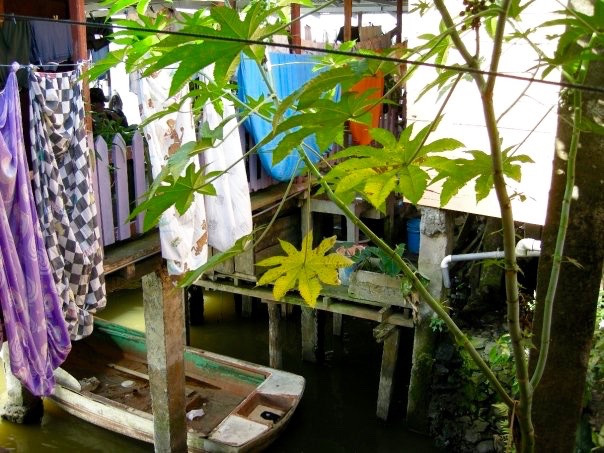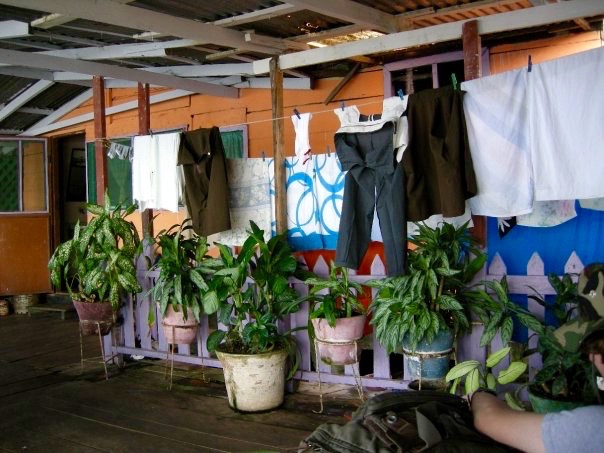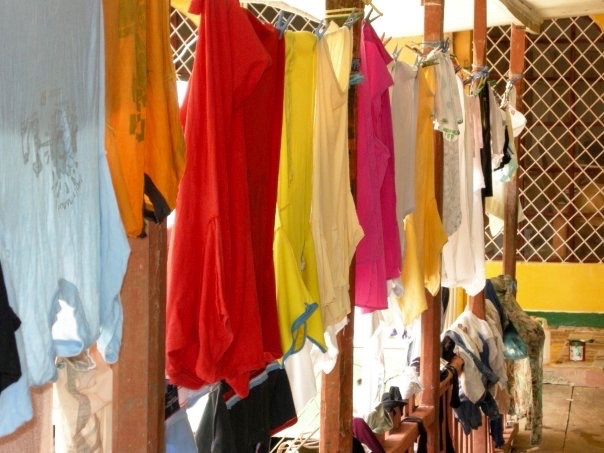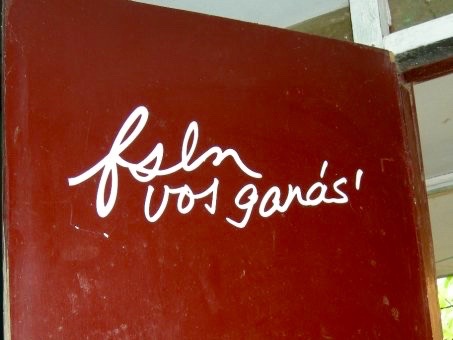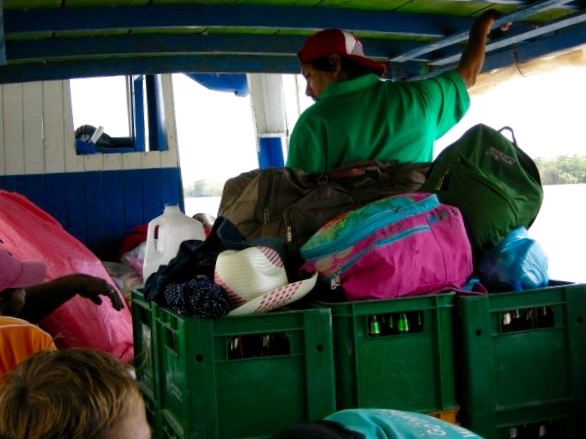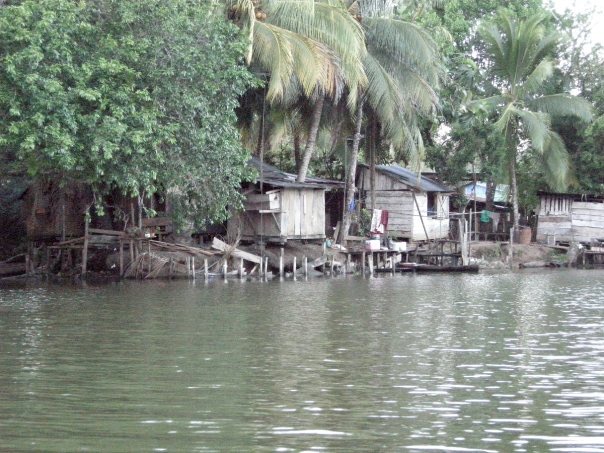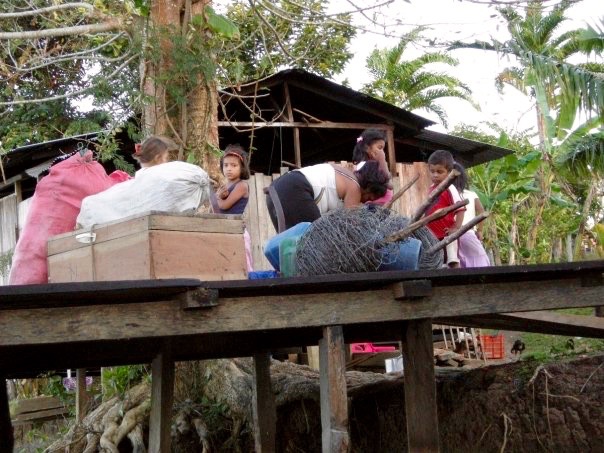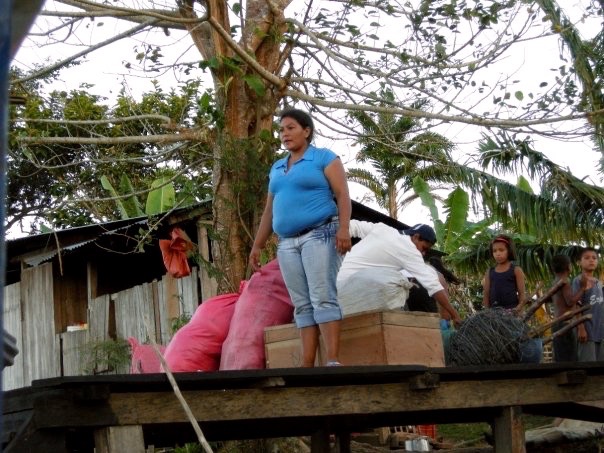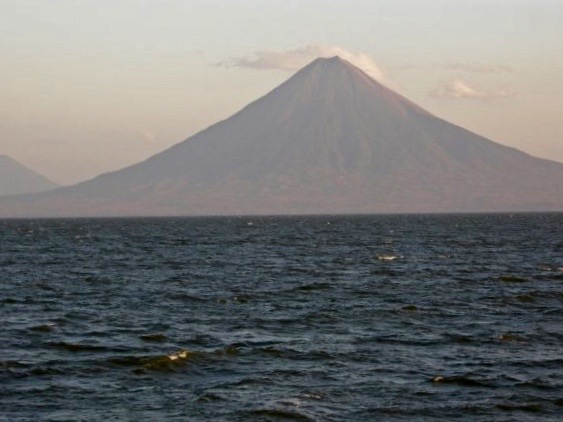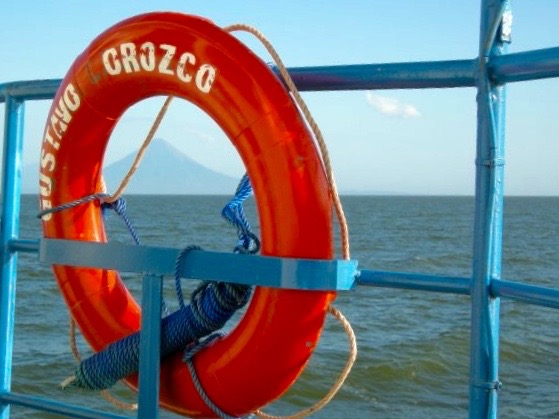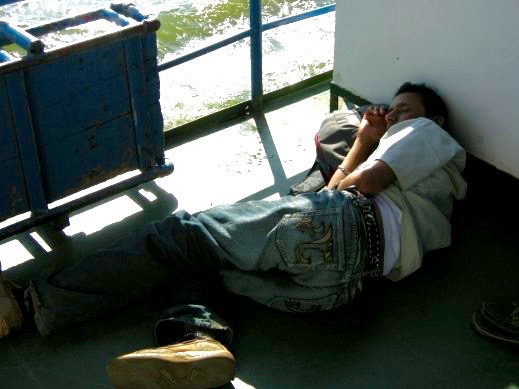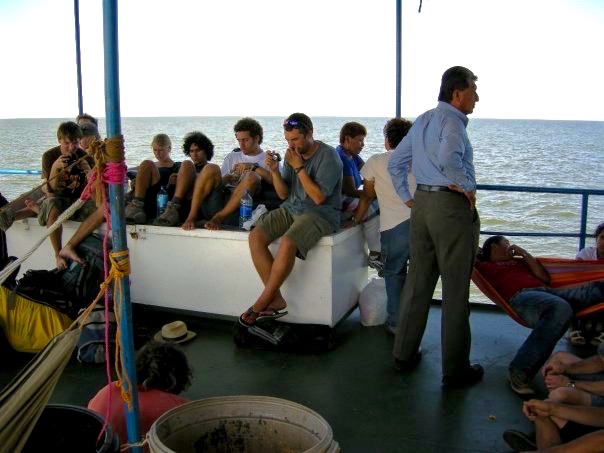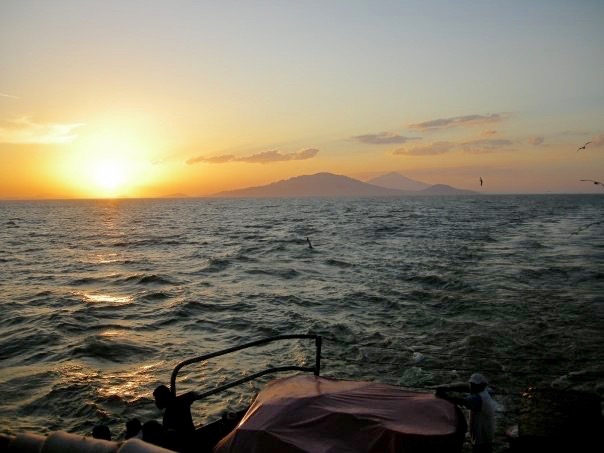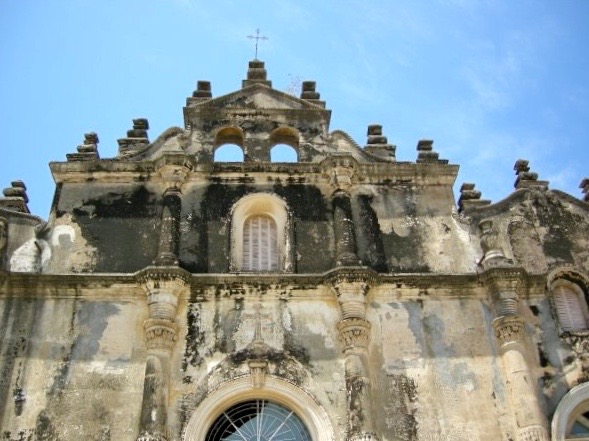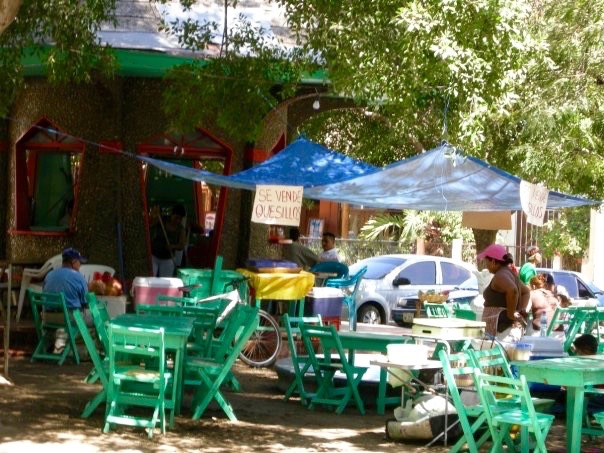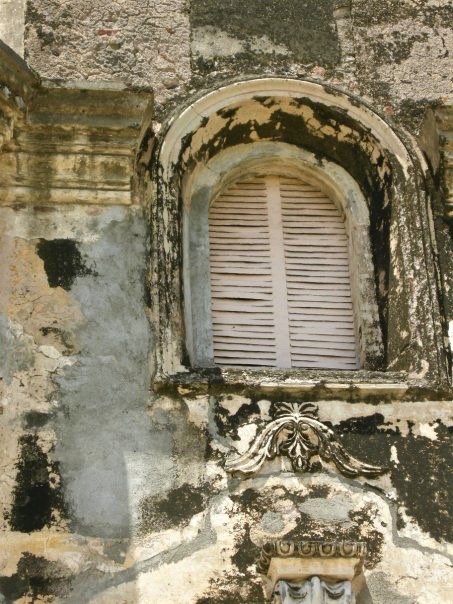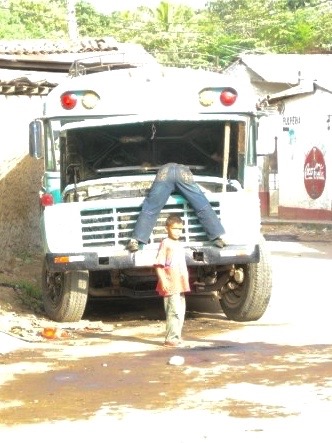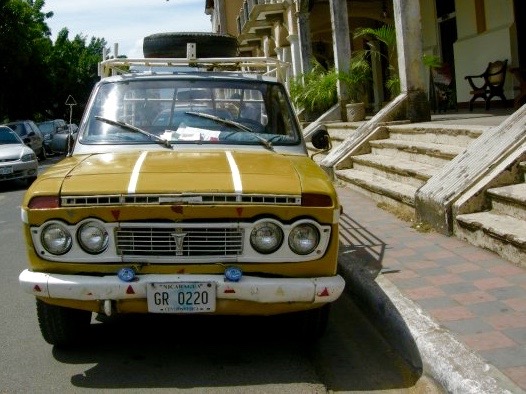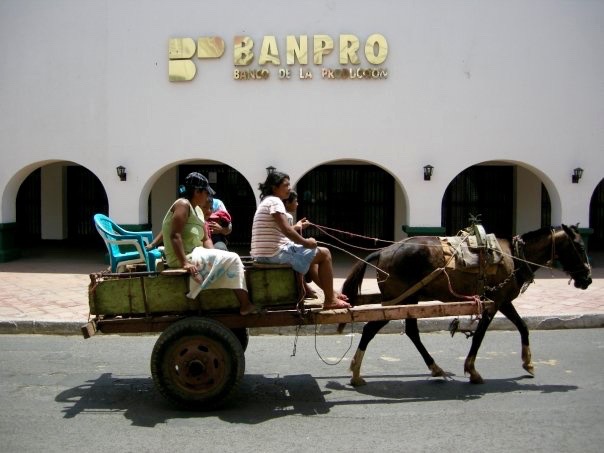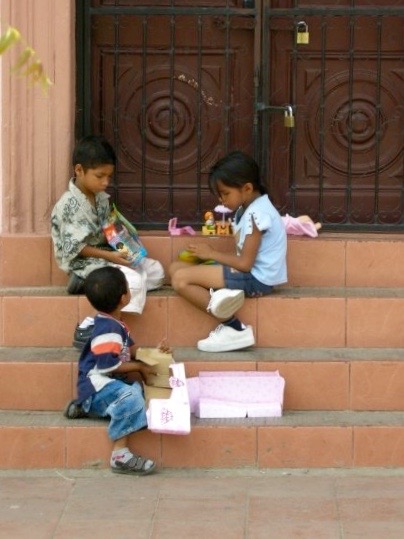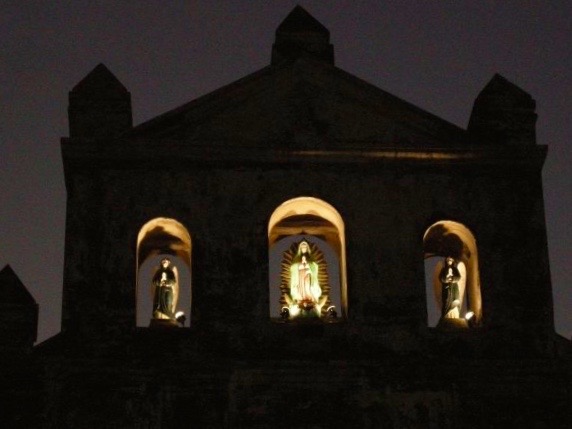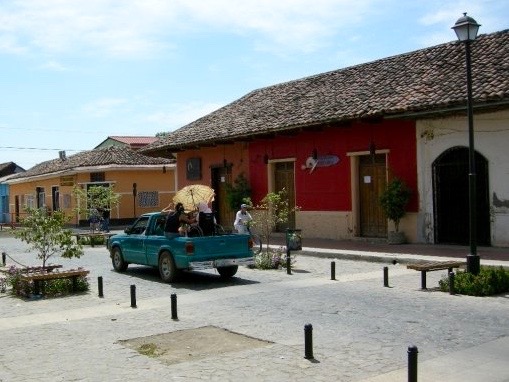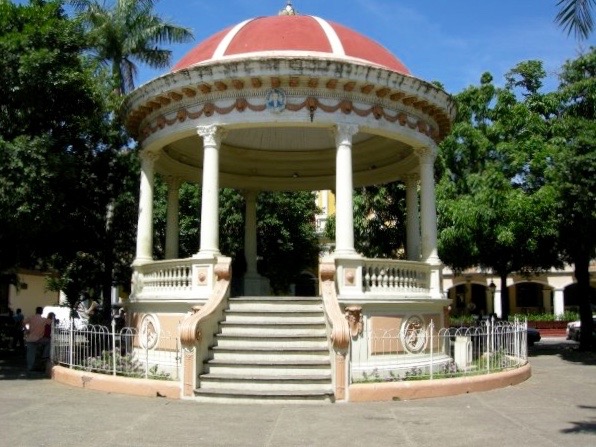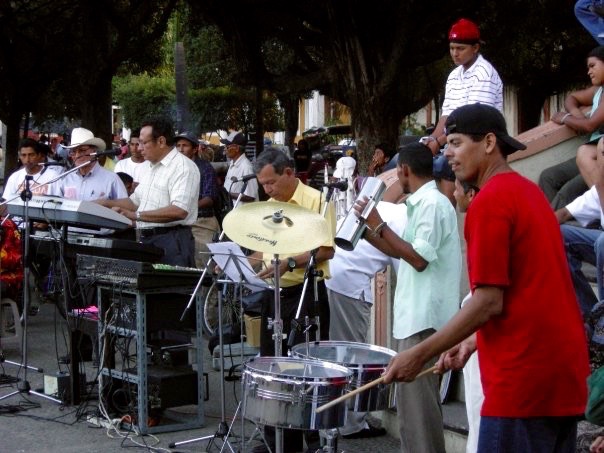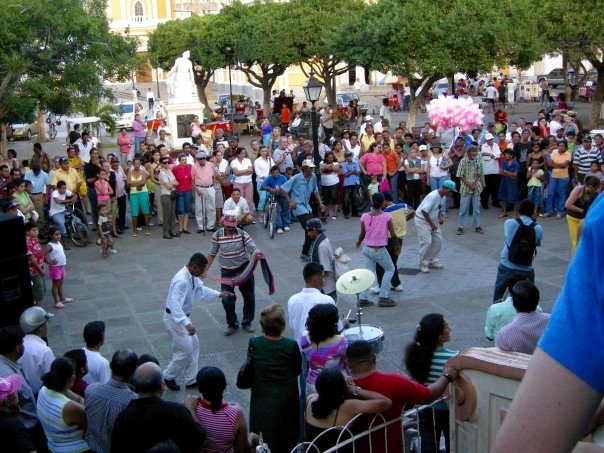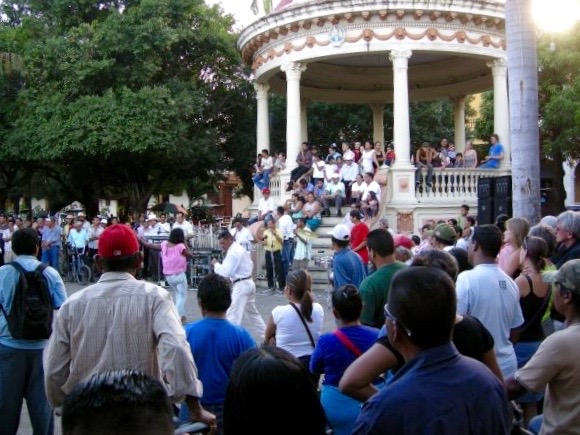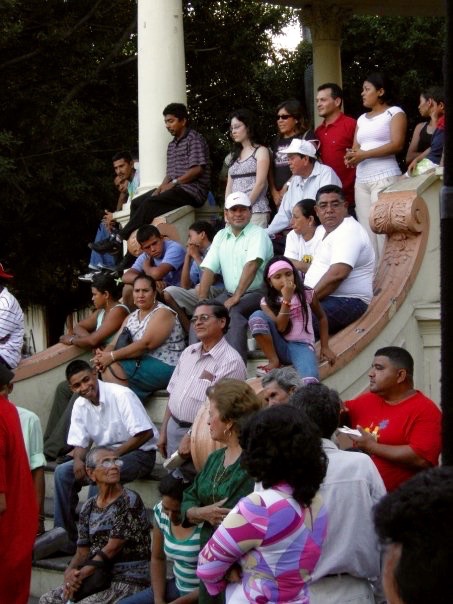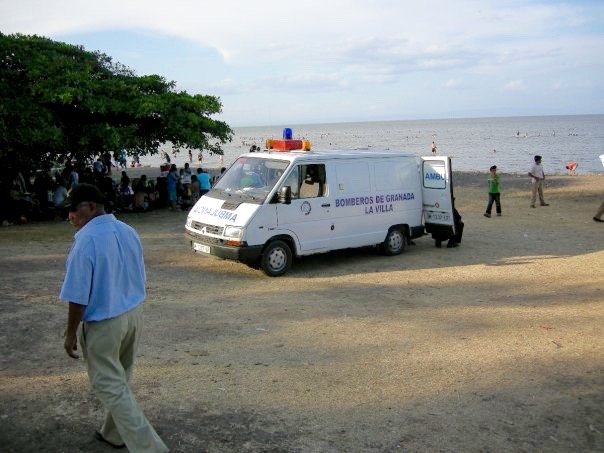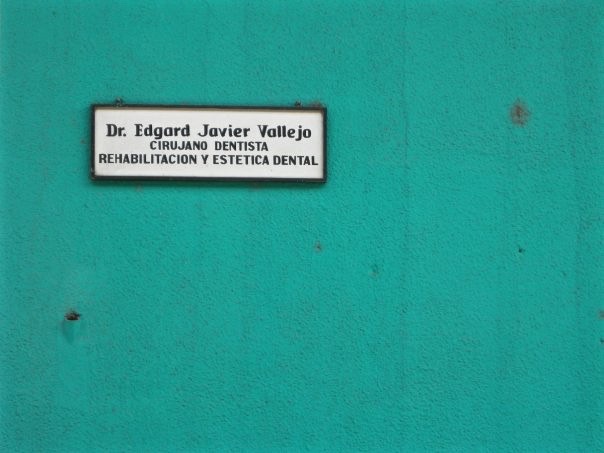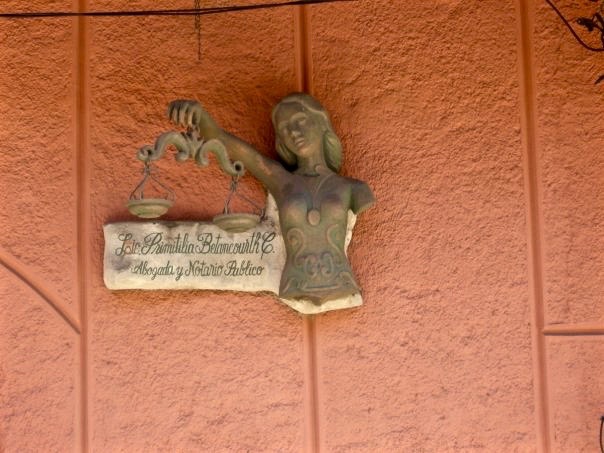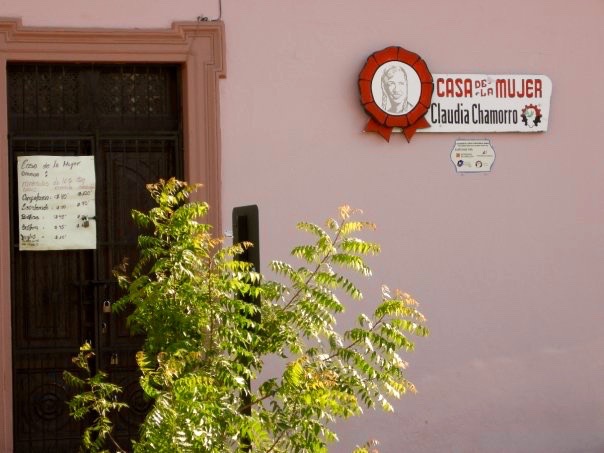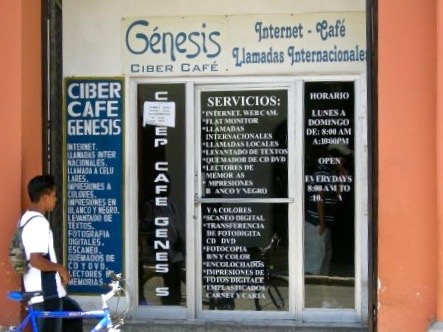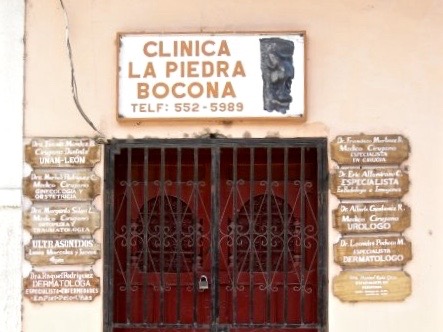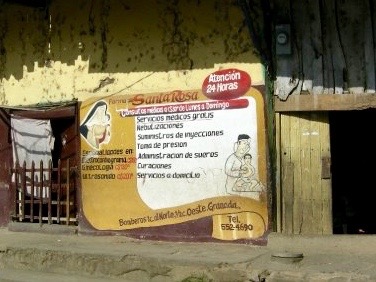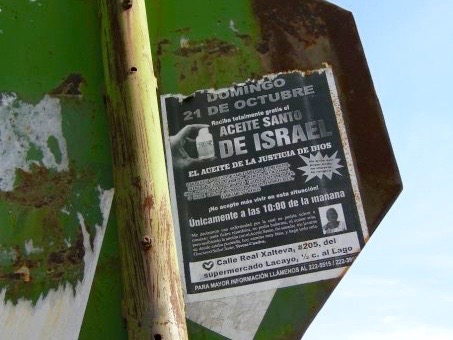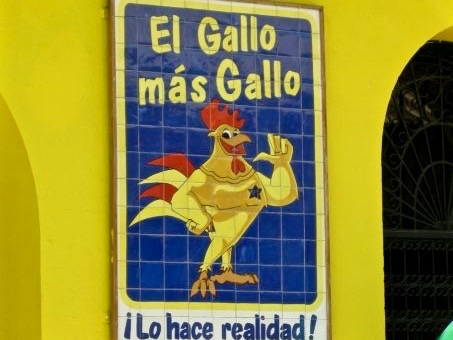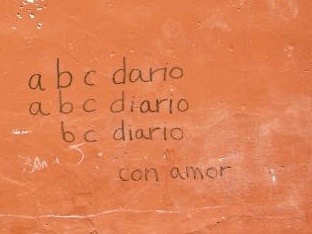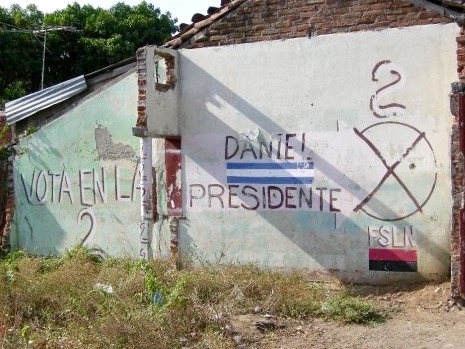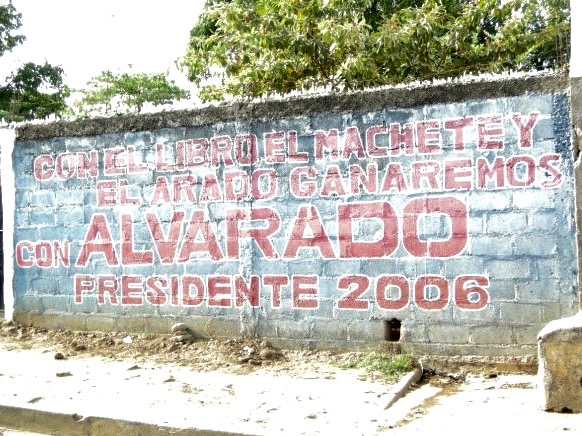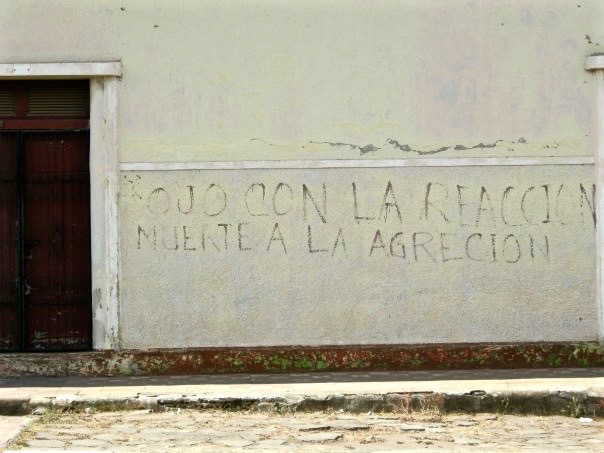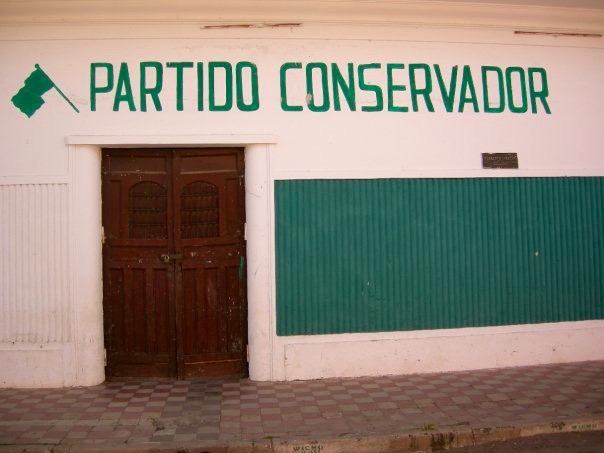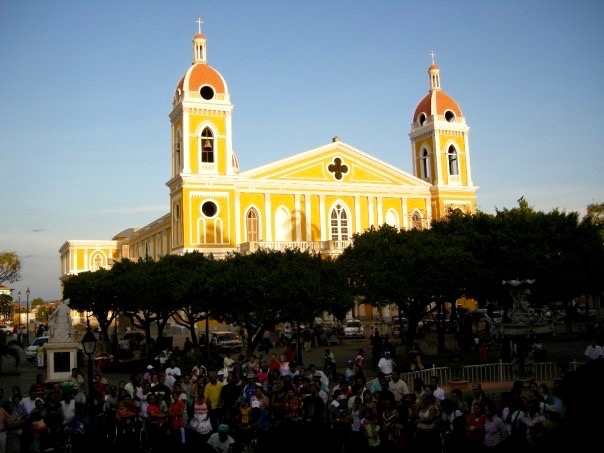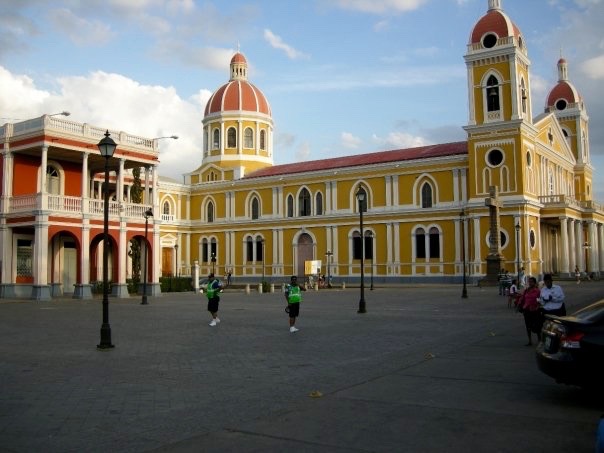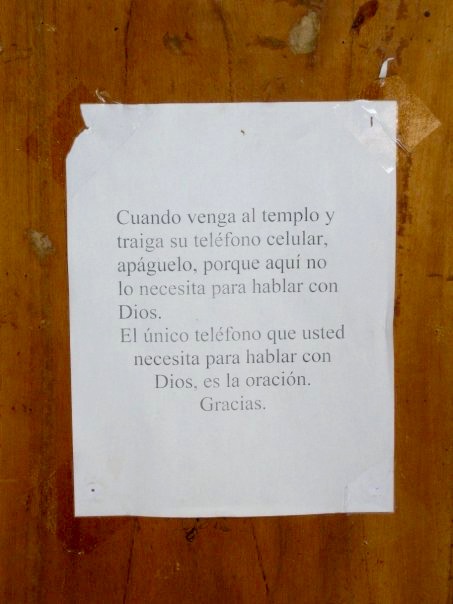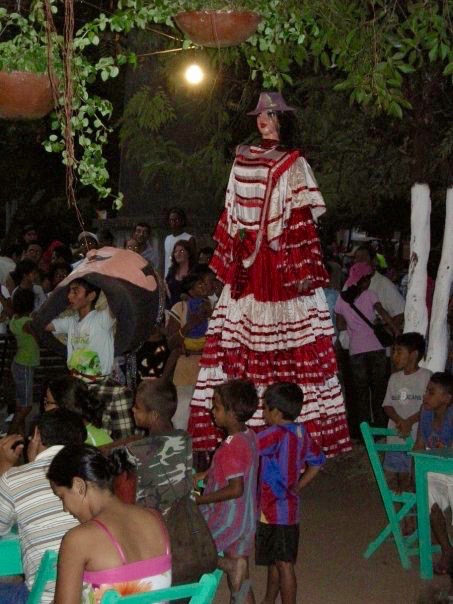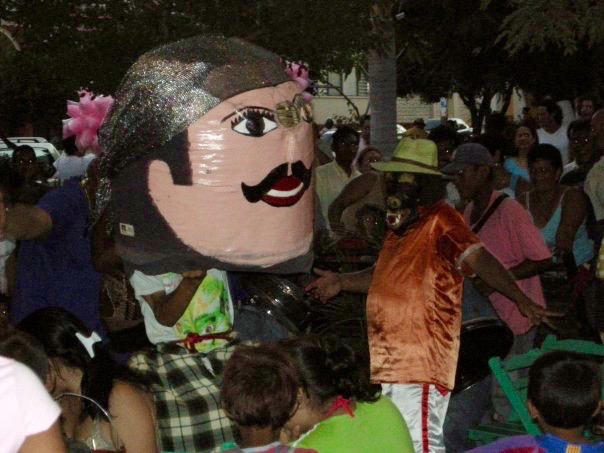Terrorists today carried out an attack in Sousse, Tunisia, where I lived from August 2014 to February 2015. Much like the March 18 attack at the Bardo Museum in Tunis, today’s slaughter was both an attack on specific human lives and an attack on the Tunisia’s economy and its fledgling democracy.
Terrorism is a worldwide scourge. It can happen anywhere, at a church in Charleston, South Carolina, in a train station in Kunming, China, or in a museum of Roman antiquities. Despite the horrendous bloodletting, the world is, by and large, a safe and wonderful place. As Anne Frank (who knew firsthand the effects of fanatical hatred) wrote in her teenage diary,
In spite of everything I still believe that people are really good at heart. I simply can’t build up my hopes on a foundation consisting of confusion, misery, and death. I see the world gradually being turned into a wilderness, I hear the ever approaching thunder, which will destroy us too, I can feel the sufferings of millions and yet, if I look up into the heavens, I think that it will all come right, that this cruelty too will end, and that peace and tranquility will return again.
But Anne Frank was not advocating that people wait passively for things to get better. Elsewhere in her diary, she wrote:
How wonderful it is that nobody need wait a single moment before starting to improve the world.
The terrorism of al-Qaeda and ISIS, like the terrorism of the Nazis, is not born of strength. Terrorism is a tactic of the weak. Resort to it is a sign of desperation, not power. The people I met during my time in Tunisia know this deep in their bones. It doesn’t make terrorism less scary, since you can be killed just as dead by a weak man as a strong one. But it does mean that the terrorists won’t win in the end. They may and probably will score tactical “successes” here and there, but the ideology behind the terror is spent. Attacks like the slaughter on the beach in Sousse today are like tantrums thrown by children who realize that they can’t have their way. Those who commit them are not brave; they are cowards.
So to my students, colleagues, and friends in Sousse, I say take heart. You are strong. It is the terrorists who are weak.

